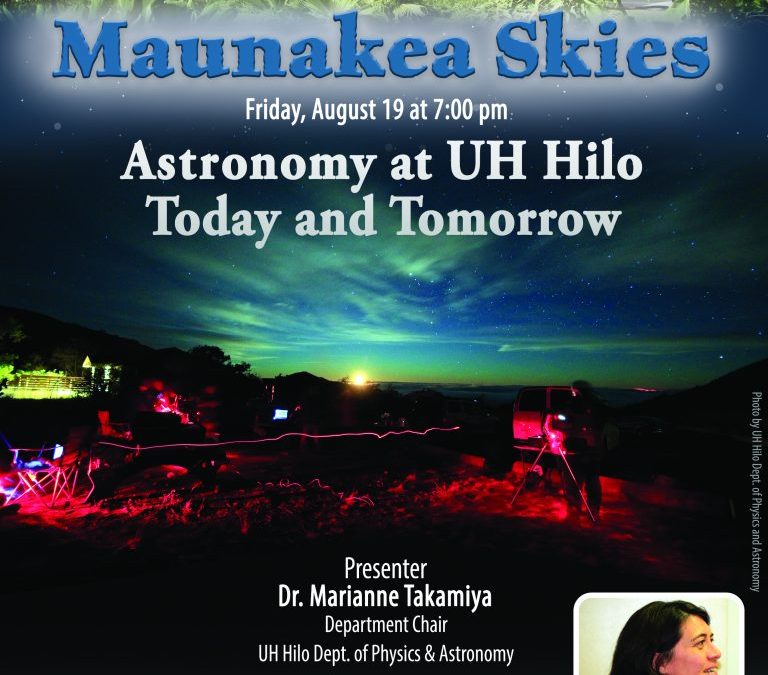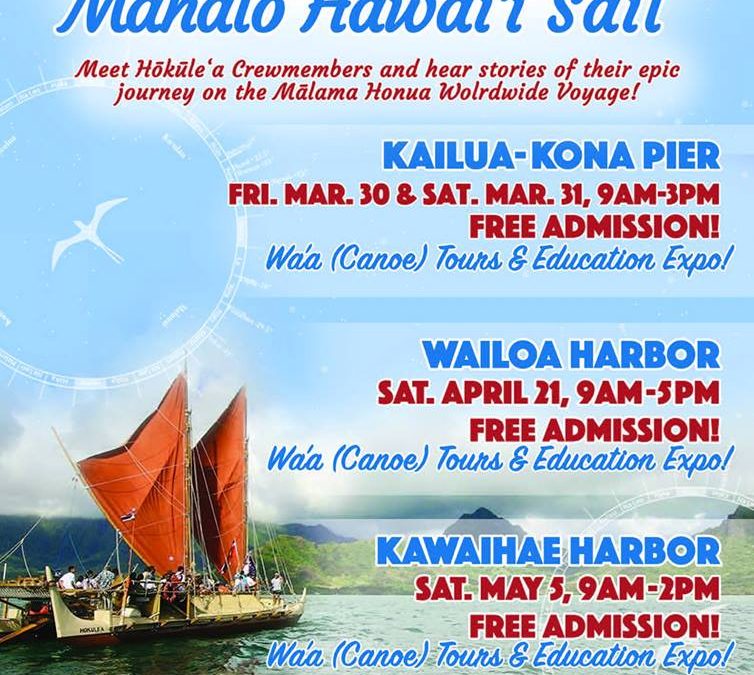Latest Science News

Mars Simulation Ends after 1 Year on Mauna Loa
By TOM CALLIS Hawaii Tribune-Herald Six scientists will become the first to complete a yearlong Mars simulation in the United States when they exit a small dome Aug. 28 on Mauna Loa. For nearly 365 days, the crew has seen the outside world only through a small porthole or through the lens of their spacesuits, which they must wear to venture outside. At 8,200 feet above sea level, the landscape mimics Martian soil somewhat, with hardly any vegetation to be found. “They’re doing OK as far as we can tell,” said Kim Binsted, principal investigator for the Hawai‘i Space Exploration Analog and Simulation. The University of Hawaii runs the NASA-funded study. Three other simulations have been held in the dome, located in a former quarry, for four- and eight-month durations. Each scientist works on research projects during their stay and learns how to manage limited resources while avoiding personal conflicts in isolation. Any communication with the outside world is put on a 20-minute delay, the length of time it would take to relay messages to and from the red planet. Binsted said the only longer simulation held was a 520-day mission in Russia that mimicked a trip to Mars. HI-SEAS is more focused on what a crew will do once they get there. The crew will be provided fresh fruit and other food not available during the simulation after they leave the dome. “They are clamoring to get into the ocean,” Binsted said. “I think they will enjoy having a beer as well.” Binsted said HI-SEAS will host two more eight-month simulations, with the next one starting in January.... read more
Maunakea Skies: Future of UH Hilo Astronomy Program Talk Aug 19th
[source] University of Hawai‘i at Hilo astronomy majors will receive more hands-on telescope time than ever before as the result of a recent agreement between the Institute for Astronomy at UH Mānoa and the Department of Physics and Astronomy at UH Hilo. These students have a unique opportunity afforded to few other programs in the country—the opportunity to study the universe in the world’s largest observatories for optical, infrared and submillimeter astronomy on the 13,000-foot-high summit of Maunakea. Dr. Marianne Takamiya, associate professor of astronomy and chair of the Department of Physics and Astronomy at UH Hilo will present an update on these and other developments in UH Hilo’s astronomy program at ‘Imiloa Astronomy Center’s Maunakea Skies talk on Aug. 19 at 7 p.m. ‘Imiloa Astronomy Center photo. “I will present the latest results of the research of faculty and students in astronomy, how our academic program has developed in the last five years and what we envision for the future,” stated Takamiya. “UH Hilo has unique elements that can make ours a novel astronomy program that produces not only astronomers, but also skilled professionals who are able to work in complex systems.” ‘Imiloa Astronomy Center photo. Takamiya, who is an expert in physical properties of material between stars in distant galaxies, has presented throughout the US, Chile, Japan, South Africa and Europe on research she has accomplished using the Maunakea telescopes while heavily involving undergraduate students. Takamiya is a graduate of Universidad de Chile and the University of Chicago, where she received her doctoral degree in astronomy and astrophysics. She was one of the first Gemini Science Fellows at Gemini North during... read moreLocal Events

Hōkūle‘a Celebration
PUEO was happy to celebrate Hōkūle‘a with everyone from Hilo. We met lots of new people and we found many keiki ready to pilot our underwater rover.
read more
Hōkūle‘a Celebration and Education Expo (Hilo 4/21/18)
Hōkūle‘a Celebration and Educational Expo on April 21st on Bay Front.
read more